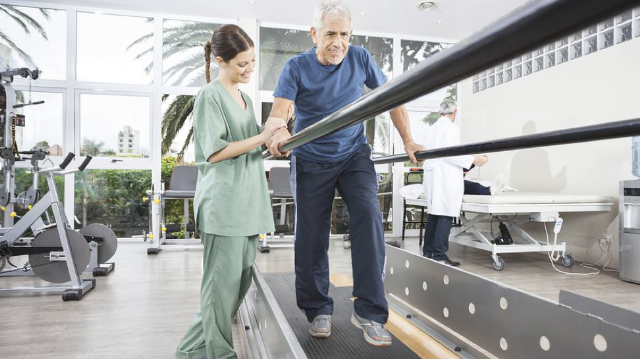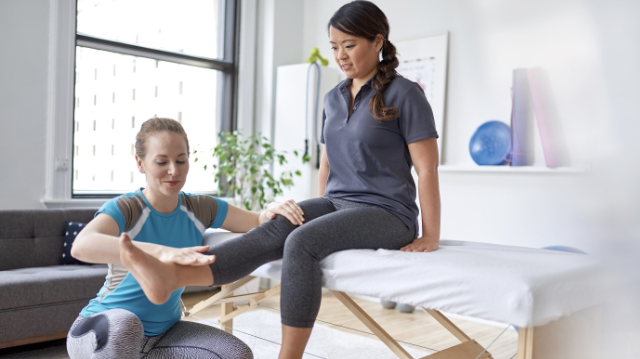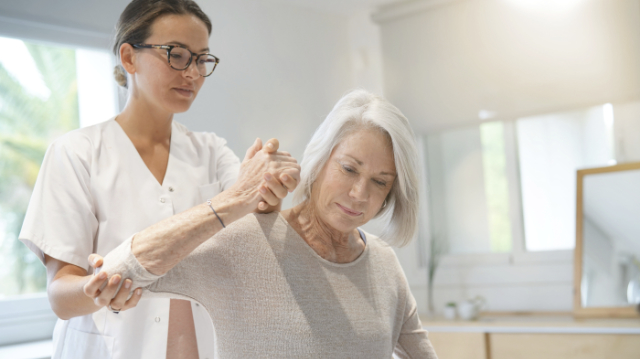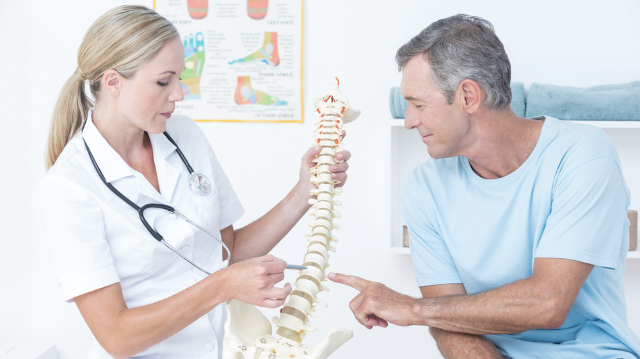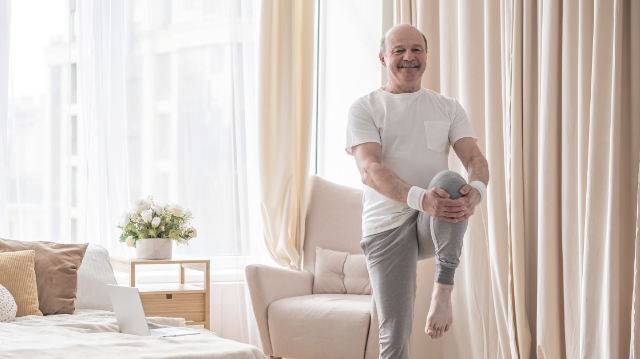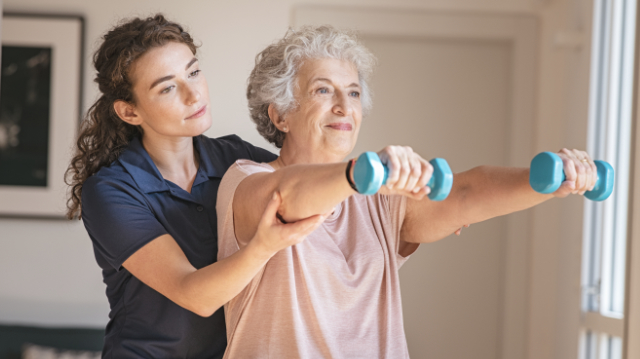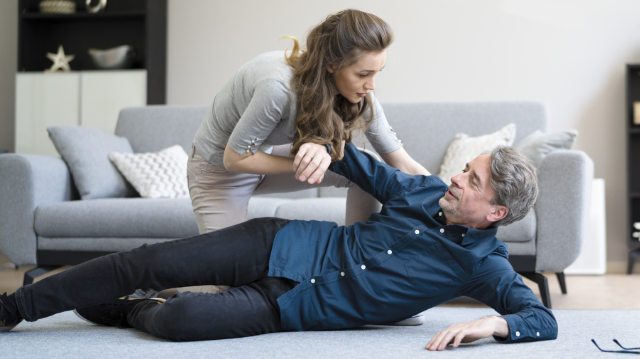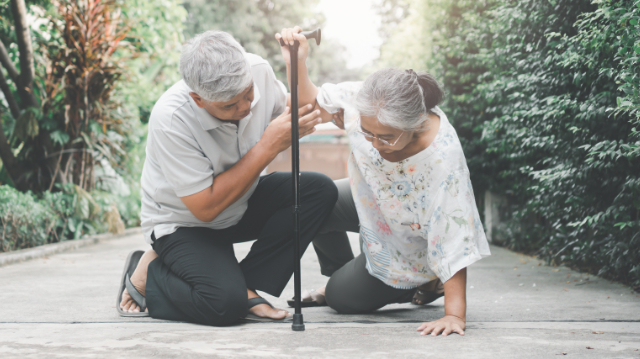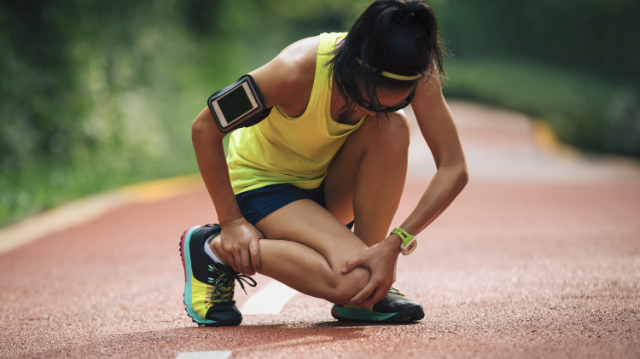
Sports have the power to bring athletesâand their fansâto the highest of highs, as well as the lowest of lows. The highs usually include achieving an optimal fitness level, performing well on a consistent basis, and winning lots of games, matches, or races. The lows can include just about anything that prevents an athlete or their team from reaching their goals, and easily the biggest culprit that can derail this course is injury.
Participating in a sport is one of the best choices you can make for your health, as regular physical activity is associated with a bounty of both physical and mental benefits. But along with all the good that sports can bring about, there is also an inherent risk for injury that unfortunately cannot be avoided. All sports are associated with some risk for injury risk due to their physical toll on the body through contact, collisions, and excessive exertion, regardless of its intensity. While many injuries are minor and only sideline athletes for a short period, others can have serious longâterm repercussions.
According to recent statistics, about 8.6 million injuries related to sports and recreational activities occur each year. Injuries can occur in any sport and at any age, but younger athletes report more injuries than older athletes, as approximately 65% of injuries occur in athletes between the ages of 5â24 years. The incidence of injuries is also slightly higher in male athletes (61%) than female athletes (39%), and general exerciseâlike running and other aerobic activityâand basketball are the most common physical activities associated with injury.
The 5 most common injuries across all sports
The degree of injury risk and the type of injuries that are most likely to occur vary drastically from sport to sport, with higher levels of intensity and physical exertion generally associated with greater odds for injury. But some injuries deserve special attention because they are seen frequently across nearly all sports, often sidelining athletes in the process. Below, we present our selection of the 5 most common sportsârelated injuries:
- Sprains and strains
- Sprains and strains together represent the two most common injuries overall in sports (weâre grouping them together because their mechanisms and occurrence rates are very similar); sprains occur when a ligamentâthe tough tissue that connects bones together in a jointâis suddenly stretched beyond its limits and damaged in the process; strains are injuries to muscle fibers or tendonsâwhich anchor muscles to bonesâand often occur from overâstretching or overusing a muscle
- Ankle sprains are the single most common injury sustained in sports, accounting for up to 40% of sportsârelated injuries; these sprains usually occur when the foot turns inwards too aggressively, which tears the ligaments on the outside of the ankle; they are seen in many sports, including basketball, football, soccer, and volleyball
- Knee injuries
- Nearly half of all sportsârelated injuries involve the lower extremity (legs, ankles, and feet), and the knee is the most frequently injured joint in the body due to its large size, complex anatomy, and frequent use; traumatic sports injuries involving the knee typically result from falls onto the knee, extreme cutting movements, or landing from a jump incorrectly, any of which can push certain structures of the knee too far and cause them to sprain or tear; overuse knee injuries can also occur from too much repetition without sufficient rest
- Two of the most common knee injuries are anterior cruciate ligament (ACL) tears and patellofemoral pain syndrome
- The ACL is one of the four main ligaments of the knee that provides stability and prevents the knee from sliding out of place; it can be damaged or torn when an athlete suddenly cuts or changes direction, and tears are most often seen in football, basketball, and soccer; about 1 in 60 athletes will suffer an ACL tear at some point in their career
- Patellofemoral pain syndrome, or runnerâs knee, accounts for up to 25% of all running injuries and involves the kneecap rubbing against the groove of the upper leg bone (femur), which causes a dull pain behind or around the patella; this pain is often aggravated from running, squatting, climbing stairs, or sitting, and may also be accompanied by swelling or a âpoppingâ of the patella when bending the knee
- Shoulder injuries
- The shoulder is the most flexible and mobile joint in the body, but it is also one of the weakest, and itâs subject to a great deal of force in sports; this makes it one of the most common locations for sports injuries, as shoulder pain affects up to 26% of adults at some point; shoulder injuries are most likely to occur in sports that involve overhead motions, particularly baseball, softball, tennis, and quarterbacks in football
- About 85% of shoulder injuries involve the rotator cuff, an important group of four muscles that surround the bones of the shoulder; rotator cuff tendinitis, shoulder impingement syndrome, and rotator cuff tears are all related injuries that are frequently seen in the overhead sports mentioned above
- Foot and ankle injuries
- The feet and ankles are another hotspot for injury because of the heavy loads they withstand from the rest of the body during sports and physical activities, since many sports involve running and/or jumping; there are several structures and mechanisms in place that increase the durability of the feet and ankles, but they have a breaking point; over time, repetitive abuse can push these structures past this point and can lead to damage and lead to a wide range of potential injuries.
- While ankle sprains are the most prevalent sportsârelated injury, plantar fasciitis is generally considered to be the most common cause of heel pain in adults, usually from sports; in the majority of cases, plantar fasciitis occurs in runners or athletes that run frequently, and this can overstrain the plantar fascia and lead to a stabbing pain near the heel
- Golferâs elbow and tennis elbow
- Golferâs elbow and tennis elbow are two common sportsârelated injuries that occur most frequently in the sports that bear their nicknames:
- Medical epicondylitis, or golferâs elbow, results from repeated bending of the wrist, which damages the muscles and tendons of a structure called the medial epicondyle and leads to inflammation; it is particularly common in golfers because gripping or swinging clubs incorrectly or with too much force can take a toll on these structures over time
- Lateral epicondylitis, or tennis elbow, is a similar overuse injury in which the tendons that attach to the lateral epicondyle become inflamed due to repeated use of the arm and elbow; this explains why the injury is so common in tennis and other racquet sports, since these activities involve repetitive and vigorous use of the forearm muscles
In our next post, weâll look at some of the most effective ways to prevent sportsârelated injuries.

